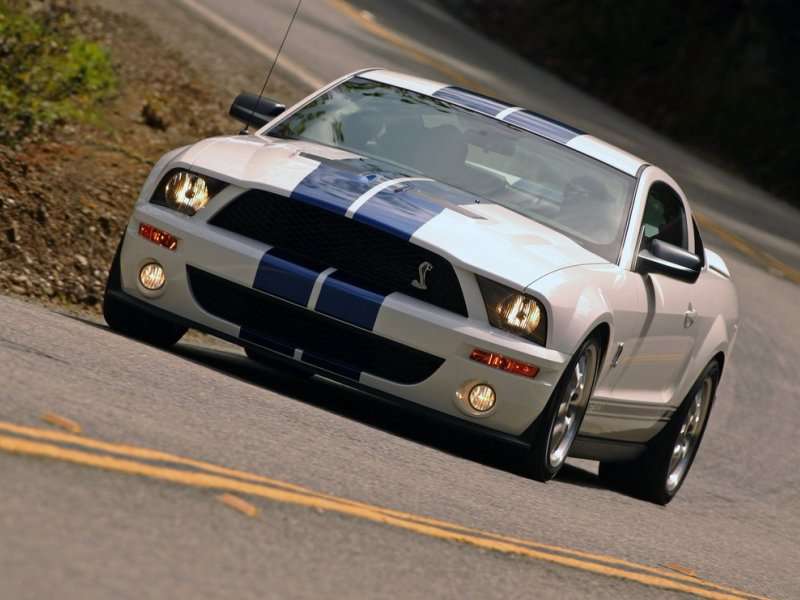Recent Articles
Popular Makes
Body Types
Ford Mustang 50th Anniversary Retrospective
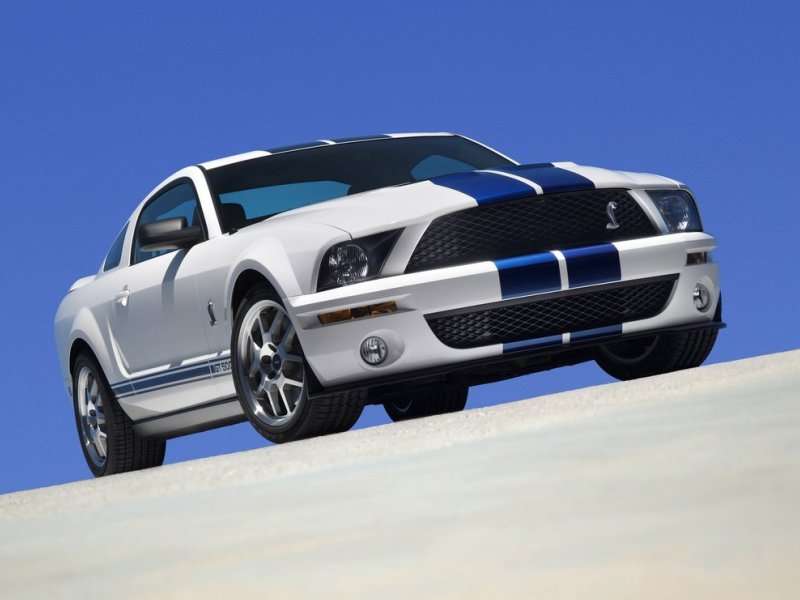
Back in 1964, the motoring public got its first official peek at a car destined to become an enduring automotive legend at the New York World’s Fair. Fortuitously timed to coincide with the coming of age of the Baby Boom generation, the Ford Mustang came to market just as the first Boomers reached 22 years of age.
While it has never officially been declared the car of the Baby Boom, there is no doubt the extraordinary success of the model was helped in no small part by coming along as this group was beginning to exercise its spending power and its influence over popular culture.
A cultural icon in its own right, the Ford Mustang is credited with inventing the Pony Car genre, and indeed is the only model in the category to have been in continuous production since it was launched. Interestingly, while the high performance Mustang models capture the imagination of the motoring public, the lower-powered six-cylinder models have carried the weight of sales. And, to this day, the more “mainstream” six-cylinder Mustangs outsell the V8s. Make no mistake though; the six-cylinder cars sell because of the tire-shredding reputation of the V8 powered Mustangs.
On the occasion the 50th anniversary of the production of this storied model, we thought we’d take a look back at some of the more iconic versions of the venerable Ford.
Ford Mustang 50th Anniversary Retrospective: Mustang I - The First Mustang
The success of Chevrolet’s rear-engined Corvair Monza sport coupe is what prompted Lee Iacocca to form a group within the product planning department of Ford to come up with something to compete with the sporty Chevy.
Two prototypes were built during the summer of 1962 with one-piece aluminum bodies attached to a space-frame chassis. As the cars’ seats were molded into the body, the steering wheel and pedals were adjustable. Powering one of the sleek two-seaters was an 89-horsepower, 1.5-liter V4, mounted behind the seats. The second prototype used a racing version of the engine, which made 109 horsepower.
Yep, the first Mustang was actually a mid-engine two-seat sports car.
The rear-drive powertrain used a four-speed manual transmission.
Built in 100 days, the Mustang 1 prototypes were first shown to the public in October of 1962, during the festivities leading up to the 1962 US Grand Prix at Watkins Glen. For their debut, Dan Gurney ran demonstration laps on the track in the more powerful racing-engined prototype. Reportedly, Gurney ran almost as quickly in the Mustang as the Formula 1 racing cars.
Afterwards, the prototypes were toured around the country to gauge public reaction. While they were circulating, Ford was also developing several other Mustang concepts, using a more conventional front engine layout based on the platform underpinning the Ford Falcon. When it was determined the public wasn’t ready for a mid-engine two-seat sportster, the front-engine concept was given the green light.
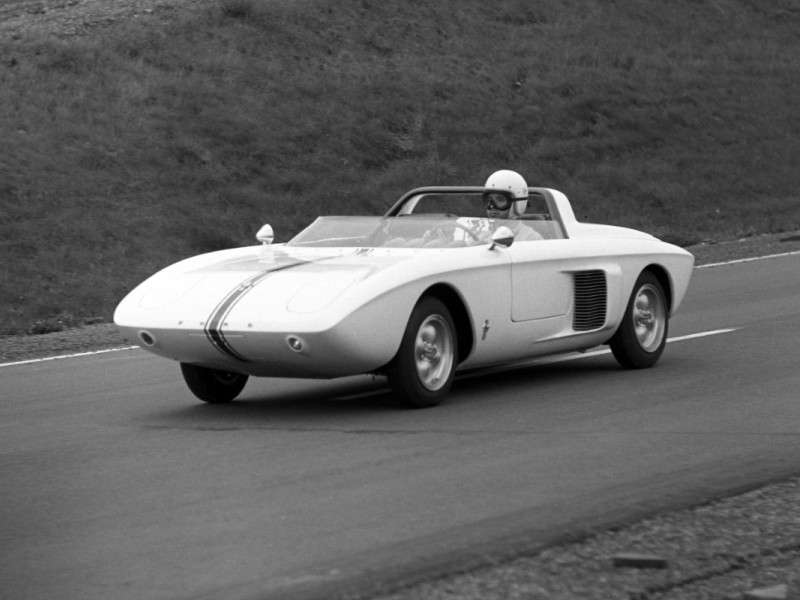
Ford Mustang 50th Anniversary Retrospective: 1964 ½ - The First Production Mustang
The production version of the Mustang debuted on April 17, 1964 at the New York World’s Fair—a full five months before the then-traditional start of the new car season. Interestingly, while the first Mustangs are referred to in popular lore as 1964 ½ models, Ford’s VIN ledgers list them as 1965 models.
Offered in both coupe and convertible bodies, four engines were available for the car. The base powerplant was a 170 cubic-inch (2.8-liter) inline six, with 101 horsepower and 156 ft-lbs of torque. The next powerplant was a 260 cubic-inch (4.3-liter) V8, with 164 horsepower and 258 ft-lbs of torque. The next rung up the Mustang performance ladder was anchored by a 289 cubic-inch (4.7-liter) V8, making 210 horsepower and 300 ft-lbs of torque. The most powerful offering was a “High-Performance” version of the 289; making 271 horsepower and 312 ft-lbs of torque.
Three-speed manual transmissions were paired with the 170 and the 260 as standard equipment. The 260 cubic-inch engine was also offered with a four-speed transmission option; while the 289s got the four-speed as standard equipment. All of the engines—save the high-performance 289—could also be had with Ford’s three-speed “Cruise-O-Matic” automatic transmission.
Basing the Mustang on pre-existing components from the Falcon and Fairlane models kept development costs down, ensured build quality, and saved dealers from having to buy a bunch of all-new spare parts. The Mustang’s base price was $2,368 (equal to approximately $18,000 as of this writing in 2014). Ford expected to sell somewhere around 100,000 cars the first year; turned out it was closer to 320,000. Ford built 1,000,000 Mustangs in the car’s first eighteen months on the market.
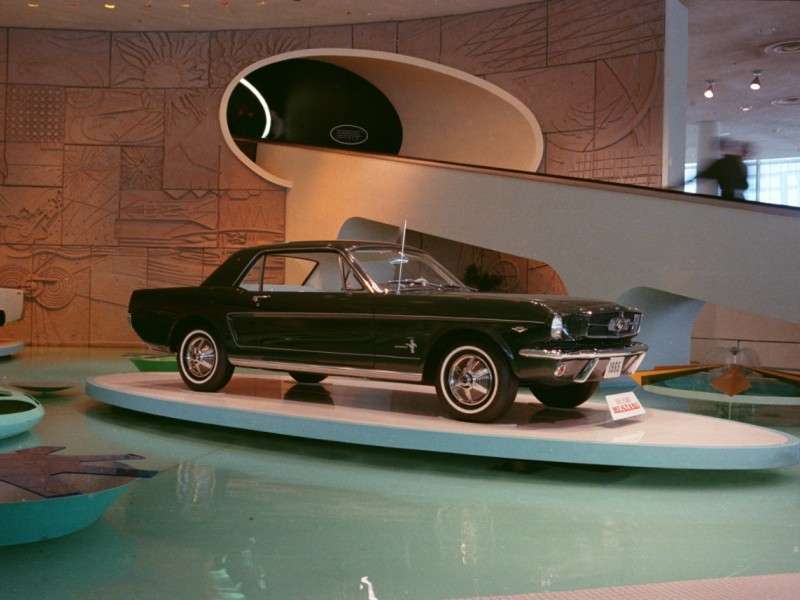
Ford Mustang 50th Anniversary Retrospective: 1965 Mustang Shelby GT350
One of the first of the “special” high performance Mustangs to come along was the 1965 Shelby GT350. Carroll Shelby had already been involved with Ford for a while, converting AC sports cars into his Cobra roadster by installing Ford’s 289 V8 in them. His first Mustang GT350 was a competition-oriented car for SCCA road racing.
To make this happen, the Mustang’s high-performance 289 cubic-inch V8 was modified to produce 306 horsepower. The back seat was jettisoned, the suspension system was reworked to improve handling, the rear-end was replaced with a more durable unit from the larger Ford Galaxie, and the braking system was suitably reinforced to cope with the additional power and more demanding driving situations the car would encounter.
The subsequent 1966 models got more comfort-oriented features to make them more palatable for potential customers who wanted to drive the cars on the street. The rear seats were put back in the cars, and instead of coming only in white with blue stripes, a variety of other colors were offered. Further, an automatic transmission was included on the options list.
The Hertz car rental company ordered a line of 1966 GT350 Mustangs painted in black and gold livery. After their rental tenures ended, Hertz sold the cars back to Ford, which then sold them to the public under the nomenclature GT350-H.
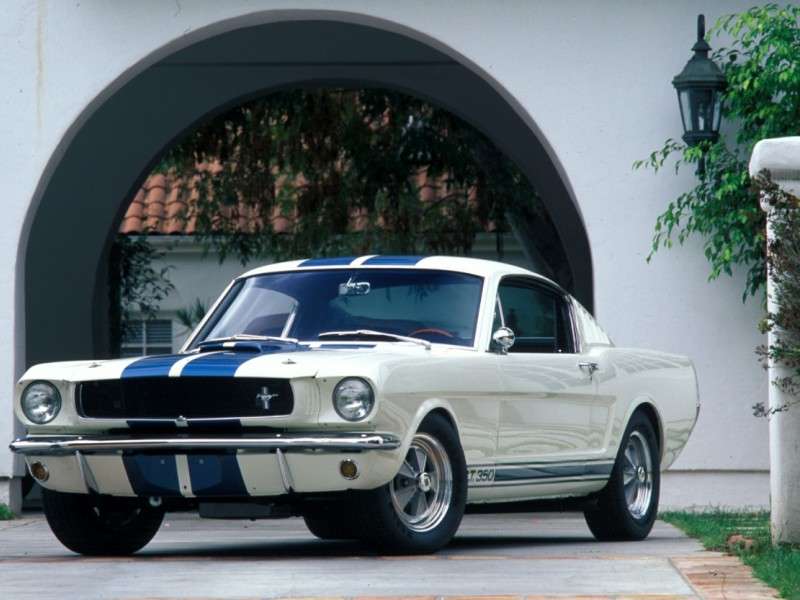
Ford Mustang 50th Anniversary Retrospective: 1969 Ford Mustang Boss 302
By 1969, the Pony Car wars had heated up and Ford found its Mustang battling GM’s Camaro for supremacy in Trans Am racing. To qualify for the SCCA’s Trans-Am racing series, competition cars had to be based on production models. If Ford wanted a chance to dominate the series, a highly potent street Mustang was required.
That car found itself realized in the 1969 Ford Mustang Boss 302.
While most people tend to focus on straight-line speed when they think of Pony Cars, keep in mind, the Boss 302 was developed to go road racing. In addition to the signature 290-horsepower 302 cubic-inch engine; the Mustang featured aerodynamic aids it would need to be successful on the track.
These included a chin spoiler and a set of louvers over the rear window leading to a deck-mounted rear wing. The suspension system was also reworked, the most visible evidence of which was a set of huge Goodyear Polyglas tires so fat the Mustang’s fender wells had to be flared to house them.

Ford Mustang 50th Anniversary Retrospective: 1969 Ford Mustang Mach 1
The 1969 model year was something of a banner year for high-performance variants of the Mustang. In addition to the aforementioned Shelby GT350 and Boss 302, there was the Shelby GT500, Boss 429, and the standard Mustang GT.
In addition to these, Ford also offered the Mustang Mach 1 for the first time in 1969. With the advent of Ford’s 428 cubic-inch V8, the performance of the Mustang was sharply increased. The marketing team felt the car needed a special designation to make it stand out from the “plain-old” Mustang GT so the Mach 1 nomenclature was adopted.
Offered only with the fastback body, the Mach 1 had three engine options; a 250-horsepwower/355 ft-lb 351 cubic-inch (5.8-liter) V8 with a two-barrel carburetor; a 290-horsepower/385 ft-lb 351 with a four-barrel carburetor, a 320-horsepowwer/427 ft-lb 390 cubic-inch (6.4-liter) V8, and a pair of 335-horsepower/440 ft-lb 428 cubic-inch (7.0-liter) V8s labeled Cobra Jet and Super Cobra Jet.
In addition to the engines, Ford fitted suspension modifications to help harness the elevated output of the Mach 1 Mustangs. The Mach 1 sold so well, Ford killed the GT nomenclature in favor of it going into the 1970 model year. It would be twelve years before another Mustang would be designated GT.
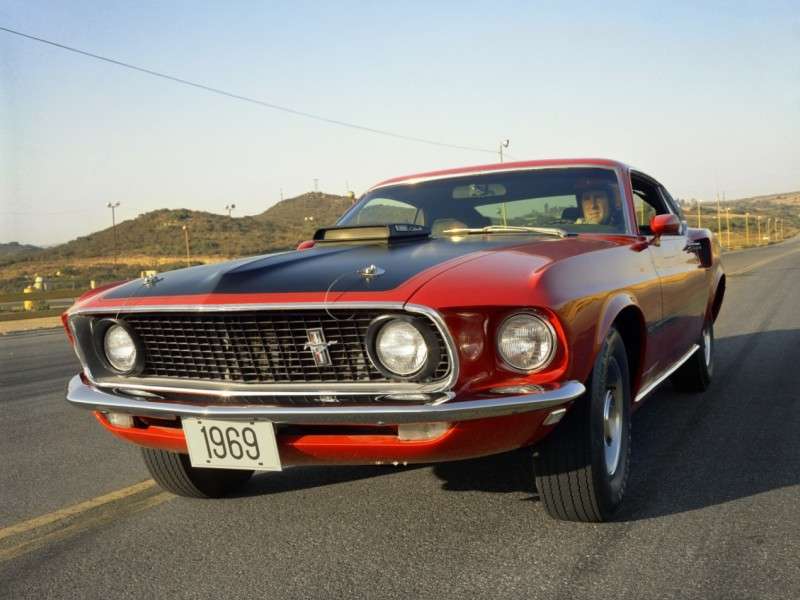
Ford Mustang 50th Anniversary Retrospective: 1974 Ford Mustang II
Having steadily grown larger, more powerful, and thirstier; by 1973, the Mustang was far removed from the original concept. Further, the marketplace was changing very quickly. After the first energy crisis was triggered by the Arab Oil Embargo of 1973, and Americans got a taste of waiting in long gas lines, the value of miles per gallon began to outweigh smiles per gallon in the minds of most motorists.
Fortunately, the people in charge at Ford saw it coming as early as 1970, which was when the development of a smaller Mustang was ordered. Thanks to this prescience, as fuel economy stared to become more of an issue than performance, the 1974 Mustang debuted with a tidy new size and, for the first time, a four-cylinder engine base engine (making 88 horsepower). Also, for the first time in the history of the Mustang, no V8 was offered. The “big” engine was a 105-horsepower 2.8-liter V6.
Here, it is important to remember, while we celebrate the hugely powerful V8 Mustang models, the lower output engine options always powered the best selling versions of the car. Still, in the minds of many contemporary driving enthusiasts, the Mustang II was a heretical manifestation of corporate greed.
From where we’re sitting though, the Mustang II kept the nameplate alive during the years when fuel economy mattered more than everything else. Tellingly, the Mustang II was responsible for four of the top ten sales years for Mustang in the model’s entire history. The 1974 model alone sold just over 296,000 copies, making it one of the best-selling individual Mustangs of all time.
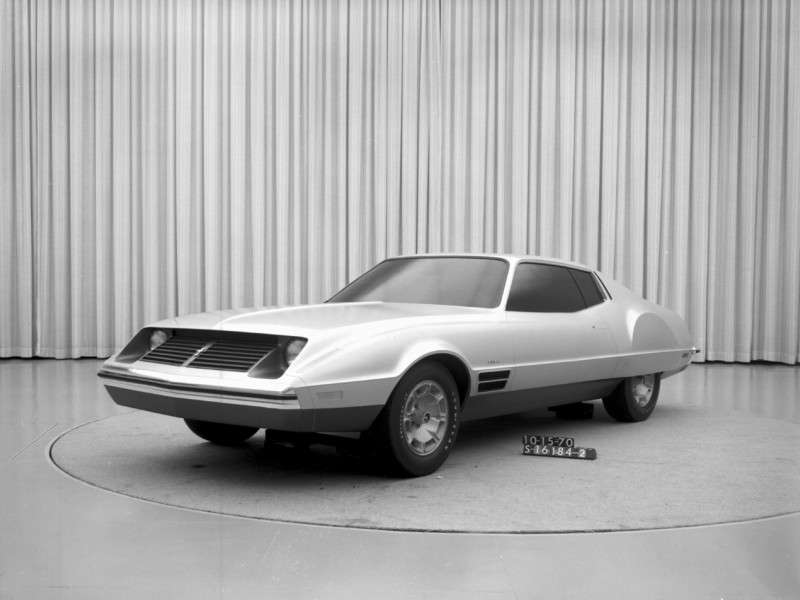
Ford Mustang 50th Anniversary Retrospective: 1984 Ford Mustang SVO
After the dark days of the fuel crises and the debilitated Mustangs offered as a result, one of the first true rays of sunshine for the performance-minded Mustang fan was the 1984 Ford Mustang SVO. The Special Vehicle Operations department of Ford was formed to head up the company’s motorsports activities and develop high performance street-legal cars by borrowing technology from the racing machines.
The forerunner to today’s Ford SVT (Special Vehicle Team), the SVO group’s opening shot was the 1984 Ford Mustang SVO. This Mustang represented a seismic shift in terms of philosophy.
Essentially ushering in the small displacement high output formula Ford uses to this day (think Eco-Boost), the SVO Mustang ran a 2.3-liter turbocharged inline four-cylinder engine, which generated 175 horsepower and 210 ft-lbs of torque. This was quite respectable for the time. Ultimately though, output of the engine was increased to 205 horsepower and 248 ft-lbs, which matched the output of the 1986 Mustang GT’s 5.0-liter V8. A five-speed manual transmission routed power to the rear wheels.
In addition to the unconventional powerplant, the SVO Mustang had its own more streamlined front fascia treatment and a hood scoop to route air to the turbocharger’s intercooler. On the rear deck was a bi-winged spoiler. The SVO Mustang’s lower ride height reflected the fact the suspension system was tuned to make it handle like a true driver’s car.
The most sophisticated Mustang offered at the time, it was also the most expensive, at just over $15,000 (roughly $36,000 today).
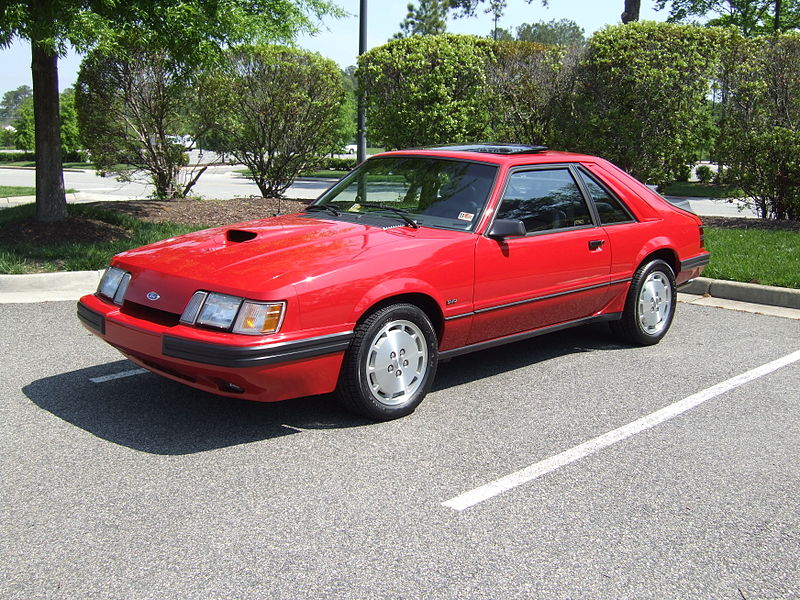
Ford Mustang 50th Anniversary Retrospective: 1993 Ford Mustang Cobra
The SVO group eventually morphed into the Special Vehicle Team, and its first product to hit the street was the 1993 Mustang Cobra. Output was 235 horsepower and 285 ft-lbs of torque from the 5.0-liter V8.
While this sounds mild by today’s standards, keep in mind the high-performance American car was just emerging from rehab—OK?
Boasting a zero to 60 of 5.9 seconds and a 14.5-second quarter mile, the 1993 Ford Mustang Cobra had a top speed of 140 miles per hour. A five-speed manual transmission channeled the engine’s output to the rear wheels.
In a number of ways, this car foreshadowed the extremely high performing V8 Mustangs we have today. After all, the SVT group responsible for this car eventually hatched the skin-peeling 662-horsepower Shelby GT500 Mustang you’ll read about in just a few minutes.
But first…
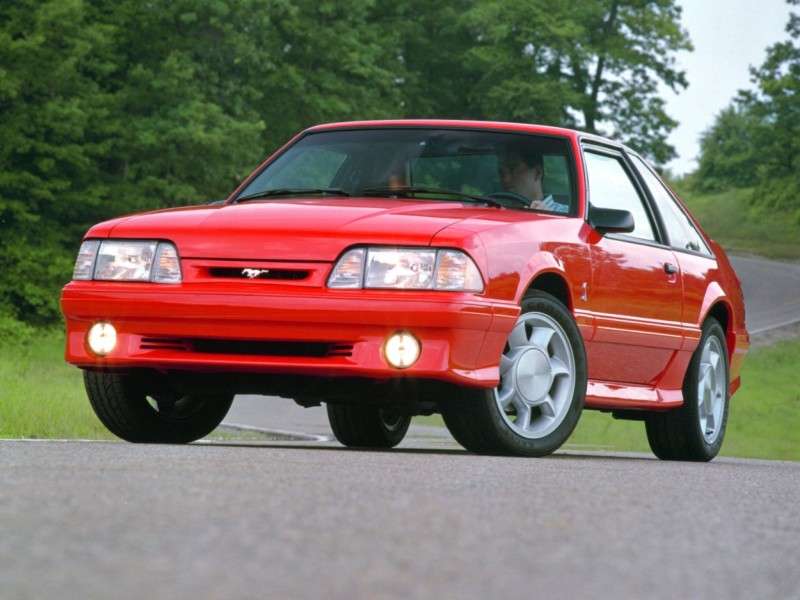
Ford Mustang 50th Anniversary Retrospective: 2001 Ford Mustang Bullitt GT
Mustangs and movies have gone together ever since the car was launched back in 1964. In fact, the very first year of Mustang production saw a white convertible with a red interior featured in Goldfinger, 1964’s James Bond outing. While Ford’s spokespeople estimate Mustangs have appeared in more than 500 motion pictures, without question the single most iconic Mustang put to film of all time is in Steve McQueen’s Bullitt.
The Highland green 1968 Mustang GT fastback McQueen drove in the film is arguably as central a character to the movie as McQueen himself. The notorious chase scene with the black Dodge Charger from the film is easily the best advertisement ever produced for the Mustang.
And so, in 2001, Ford’s product planning team finally woke up and capitalized on this long pent-up goodwill by producing a Bullitt-themed Mustang for sale to the general public—sort of. We say “sort of”, because only 6000 were produced. The 2001 Ford Mustang Bullitt GT was a limited-production collector’s item.
Power came from a 265-horsepower version of Ford’s 4.6-liter V8, which generated 305 ft-lbs of torque. The Bullitt’s zero to 60 was quoted at 5.8 seconds; it ran the quarter in 14.3 seconds.
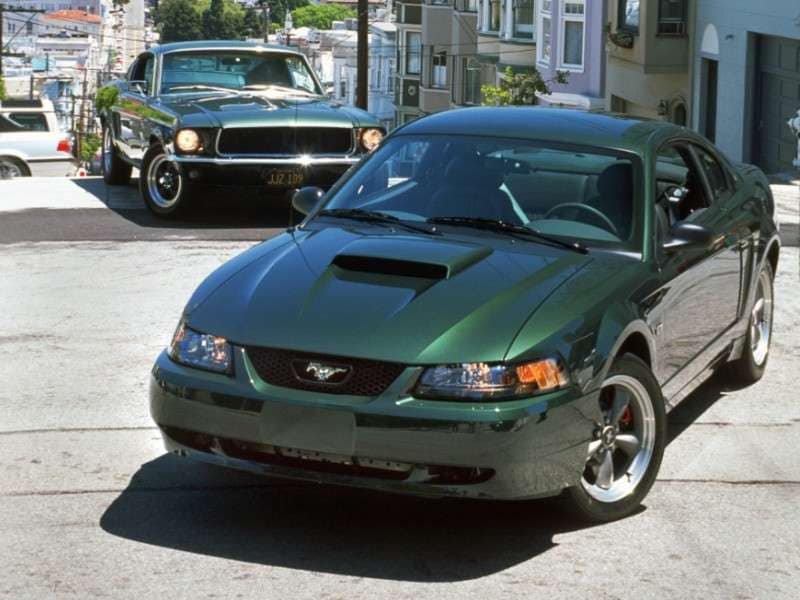
Ford Mustang 50th Anniversary Retrospective: 2007 Ford Shelby GT500
For the 2007 model year, Ford’s Special Vehicle Team unleashed upon the world what was then the most powerful production Mustang ever offered to the general public.
A supercharged 5.4-liter V8 lurked beneath the engine cover.
Power output was 500 horsepower and 480 ft-lbs of torque. A six-speed manual transmission harnessed that output and channeled it to the rear wheels, which, needless to say, had a very tough time putting all of that thrust to the pavement. For this reason, it is said—only partly in jest—every Shelby GT500 has twice as many miles on its rear wheels as its odometer.
Not content to leave well enough alone, over the ensuing years, the SVT people increased the displacement of the engine a tad and coaxed out another 162 horsepower. The result being the current 2014 Ford Mustang GT500 holds the distinction of hosting the most powerful V8 engine ever fitted to a production car.
Boasting a top speed of 200 miles per hour, output of its 5.8-liter supercharged V8 is a stupefying 662 horsepower and 631 ft-lbs of torque.
Pricing starts at $55,110, which also makes it the most expensive production Mustang in the history of the car — so far.
